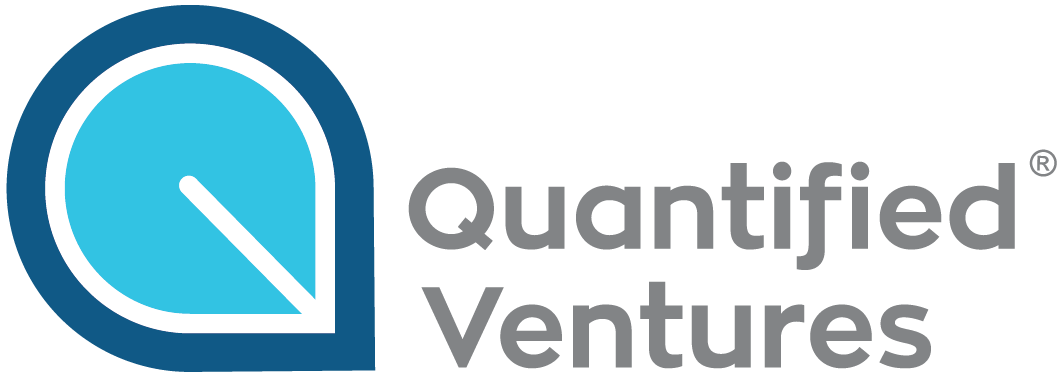EDF and Quantified Ventures recently published a report that identified 5 replicable repayment streams that communities and conservation groups can use to access SRF financing for natural infrastructure such as wetlands, floodplain restoration, and riparian buffers. This blog highlights 3 key takeaways to advance natural infrastructure through SRFs we found after speaking with conservation finance experts and SRF leaders about our report.
Read MoreThe $55 billion in Bipartisan Infrastructure Law funding for water infrastructure presents an opportunity to demonstrate that these investments truly make human lives better. We recommend a a 5-step approach to effectively deploy BIL funds to communities that need it most and to demonstrate 3 basic outcomes: improved health; community resilience, and affordability.
Read MorePublic policy innovation is one of the major enablers of more systemic change. To that end, we were thrilled to see Maryland Governor Larry Hogan sign the Conservation Finance Act into law on April 21, 2022.
Read MoreWater quality remains a persistent public health and environmental challenge in the United States despite decades of efforts to deliver clean water for drinking and recreational activities. We worked with the Environmental Policy Innovation Center to publish papers that make recommendations related to lead pipe replacement and the watershed approach to water quality.
Read MoreClimate change is exacerbating flooding, leaving many regions increasingly vulnerable. The recent IPCC report indicates seas will rise 6 to 12 inches by 2050, and climate change is fueling more intense storms and increased precipitation. States must act fast to finance and implement solutions that address these risks now and in the future.
Read MoreThe share of new municipal bond issuances in the United States that were labeled green, social, or sustainable increased an average of 51% annually from 2014 through 2020, to reach a total of $27.6 billion last year. Yet not all ESG bond issuances are created equal. In many cases, the ESG-labeled bond disclosures center on intended use of proceeds rather than actual project outcomes. Enter the Environmental Impact Bond (EIB)—a tool for municipalities seeking to better serve citizens, build community resilience, attract new sources of capital, and secure the best possible rate for their bond.
Read More






